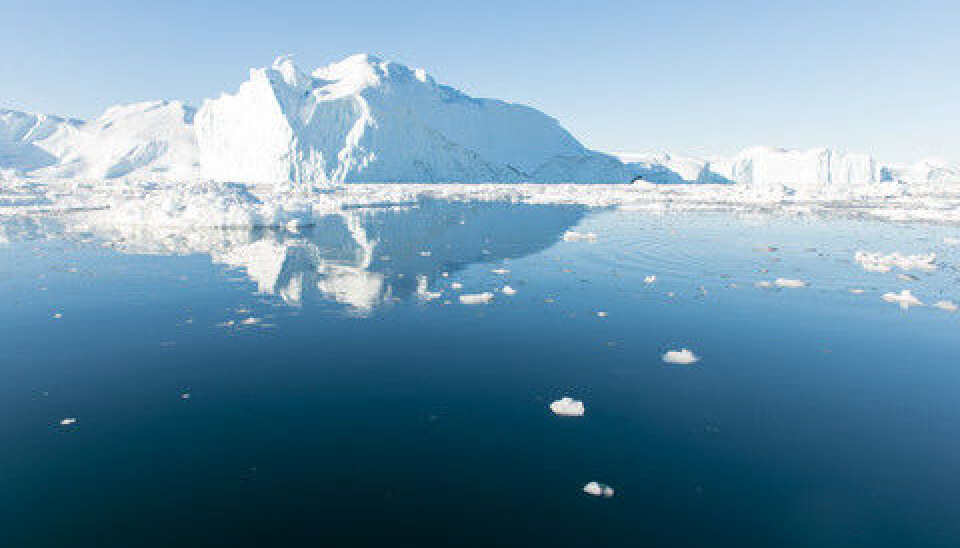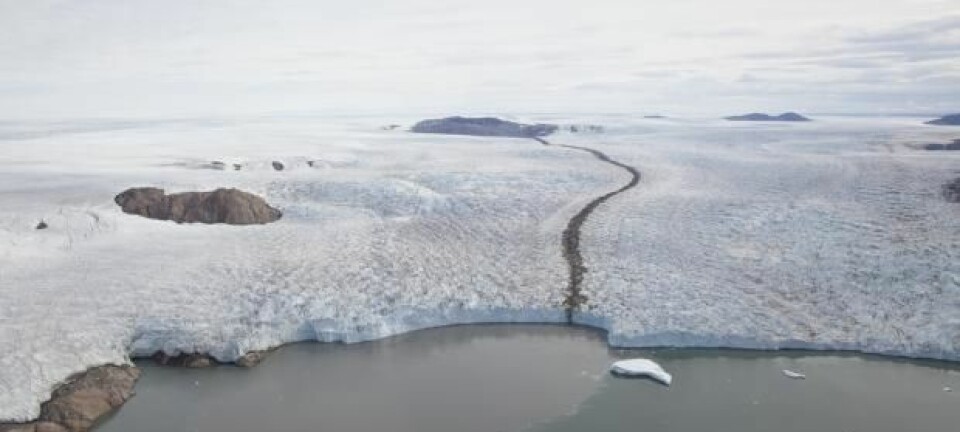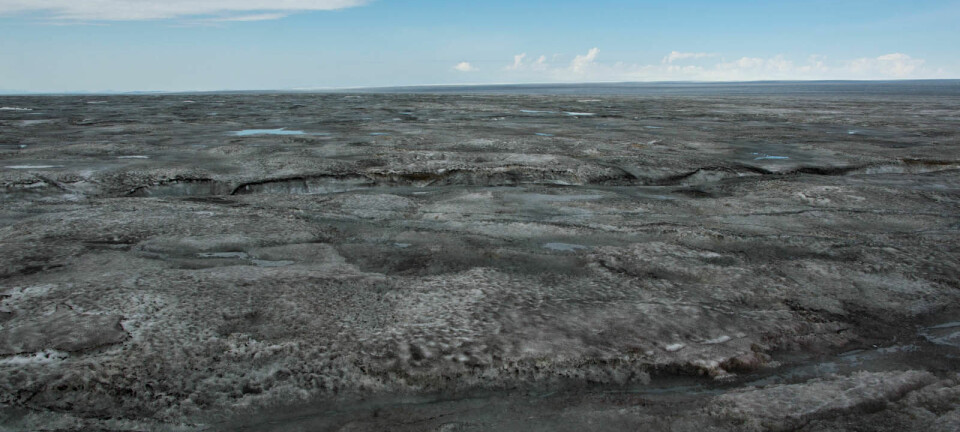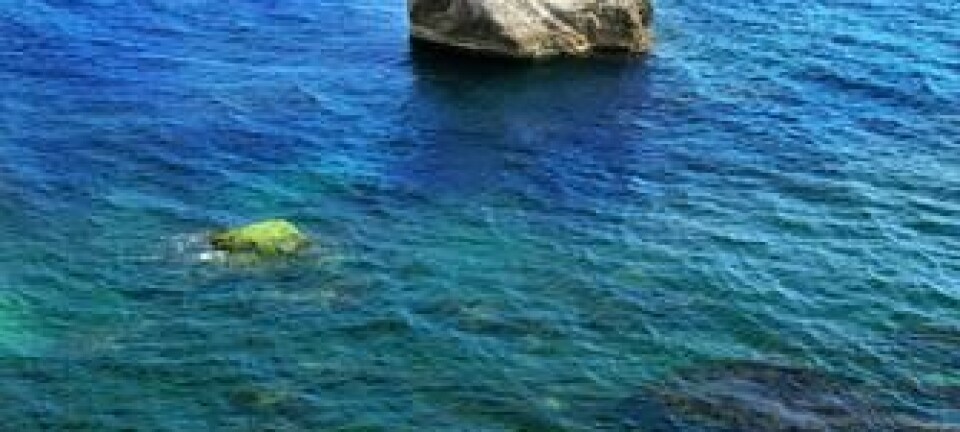
Arctic sea ice helps remove CO2 from the atmosphere
A new study shows that calcium carbonate in the ice absorbs CO2 from the atmosphere.
A new thesis from the Greenland Institute of Natural Resources proves sea ice to be an important transporter of greenhouses gases from the atmosphere to the depths of the ocean.
The Arctic has warmed so much over the past few decades that the amount of sea ice has been reduced by some 30 per cent in the summer, and the winter ice has become much thinner.
For this reason it’s to be expected that if the Artic sea ice shrinks, the atmosphere’s content of CO2 will also increase.
”If our results are representative of similar areas, the sea ice plays a greater role than expected and knowledge of this should be taken into account in future global CO2 budgets,” says study author Dorte Haubjerg Søgaard, PhD Fellow at the Nordic Center for Earth Evolution, University of Southern Denmark and the Greenland Insti-tute of Natural Resources, Nuuk.
Sea ice thought impenetrable
Søgaard began her study in 2010, when the sea ice in a number of fjords around Nuuk and Young Sound in north-east Greenland was examined -- and she wanted to determine the role of the sea ice in the regulation of the sea’s absorption of CO2 from the atmosphere.
It was not until recently that scientists realised that sea ice had any influence at all on the world’s CO2 balance.
”We’ve known for a long time that Earth’s oceans are able to absorb enormous volumes of CO2 but we also thought this only applied to areas of ocean not covered by ice, because sea ice was considered to be impenetrable. This is not correct, however, since new research shows that the sea ice in the Arctic regions takes large quantities of CO2 out of the atmosphere and into the sea,” says Søgaard.
An important piece CO2 absorption puzzle
It was also shown that two processes take place within the sea ice which directly influence the exchange of greenhouse gases between the sea and the atmosphere. These are chemical precipitation of calcium carbonate (CaCO3) and the activity of microorganisms in the sea ice.
Calcium carbonate is formed in the sea ice during the winter and as it forms, the greenhouse gas CO2 is separated from it and dissolved into a cold, heavy brine, which is pressed out of the ice and sinks into deeper parts of the sea.
Unlike carbon dioxide and other gases, calcium carbonate is not able to move freely and so remains in the sea ice. During the warmer summer, when the sea ice melts, the calcium carbonate reacts with CO2 from the at-mosphere and is dissolved.
”So in this way, CO2 is removed from the atmosphere,” says Søgaard.
The research project revealed that the chemical formation of calcium carbonate crystals was far more significant for the ocean’s ability to absorb CO2 than the biological processes driven primarily by ice algae and bacteria living in the sea ice.
Another important discovery is that flower-like ice formations (frost flowers) form on the surface of newly formed sea ice. Søgaard has shown that these frost flowers contain extremely high concentrations of calcium carbonate, which may be of considerable importance to the potential absorption of CO2 in the Arctic regions.
Translated by: Hugh Matthews









